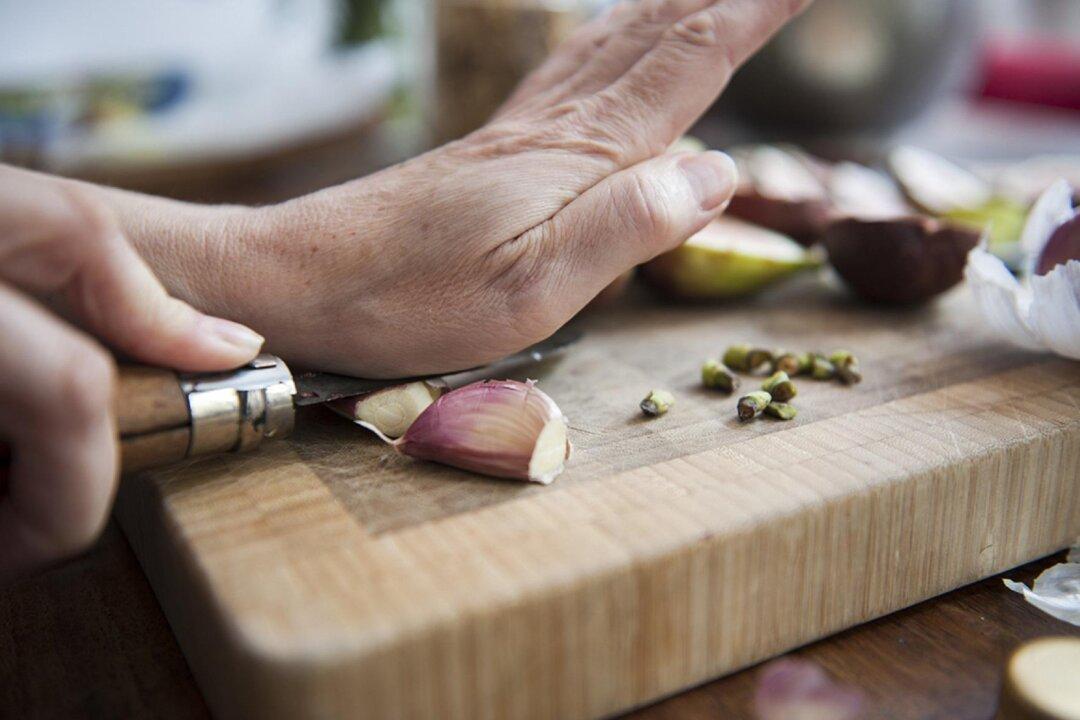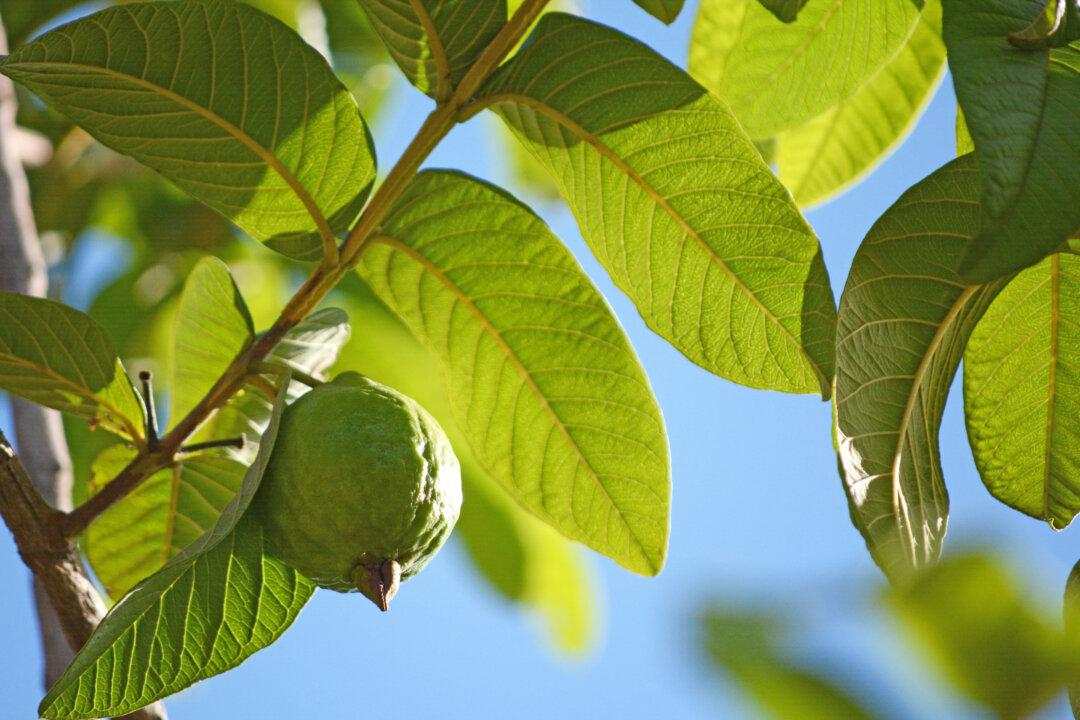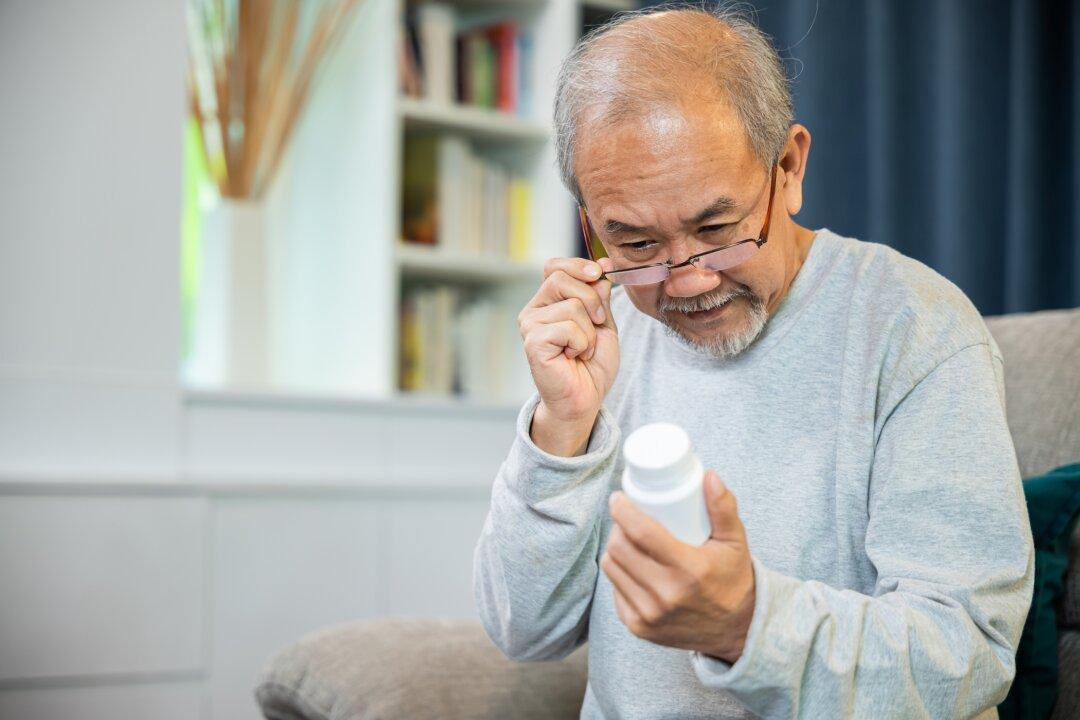From algae to common spices in the kitchen, there are ingredients you can use for the natural detoxification of heavy metals and toxins that are common in everyday life.
Whether you’re looking for a post-holiday fix-up or a year-round wellness solution, you can enhance the natural detoxification system of your body. Various whole foods including cruciferous vegetables, berries, garlic, soy, and spices such as turmeric are popular for detoxification support in functional medicine models of care.





